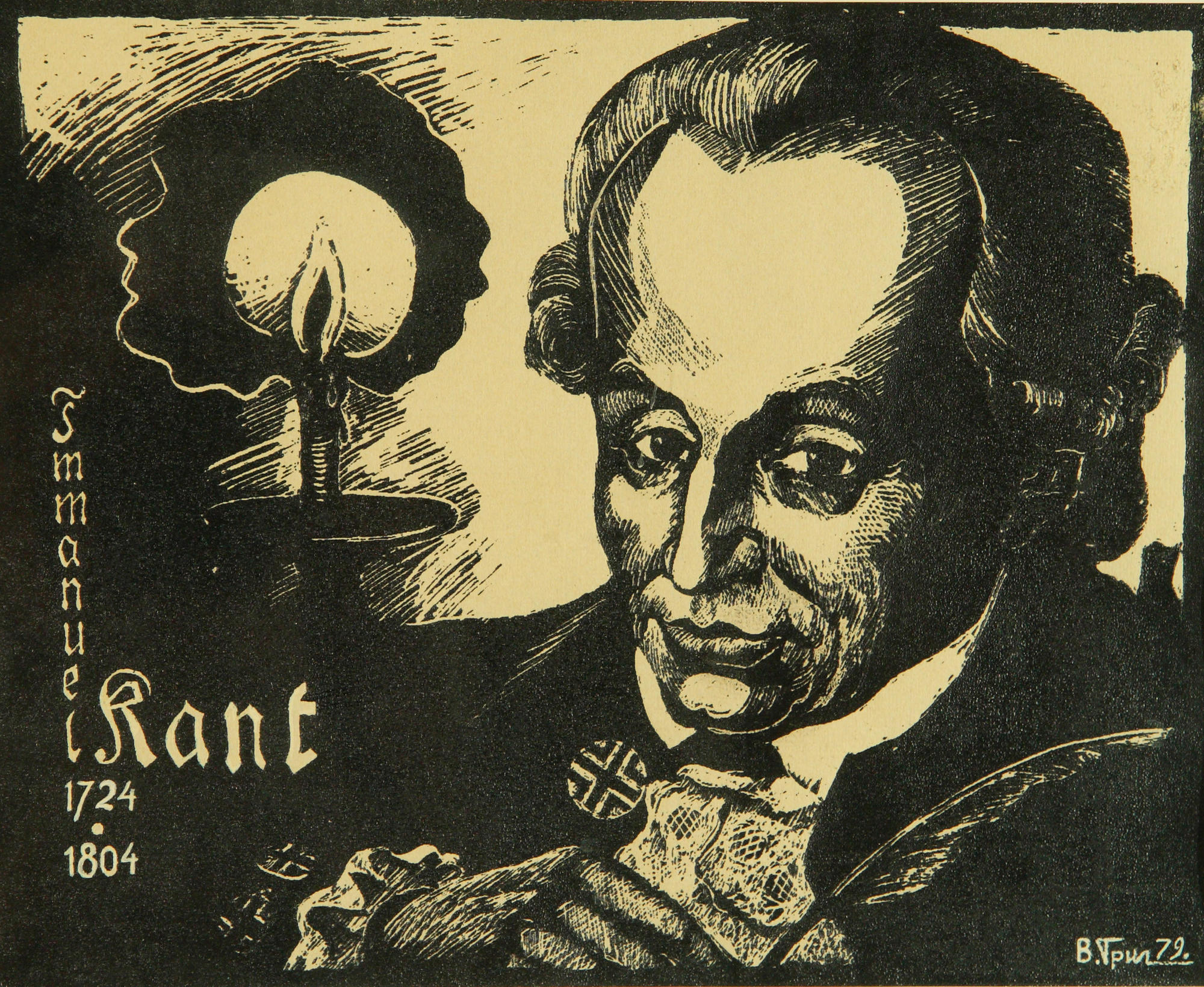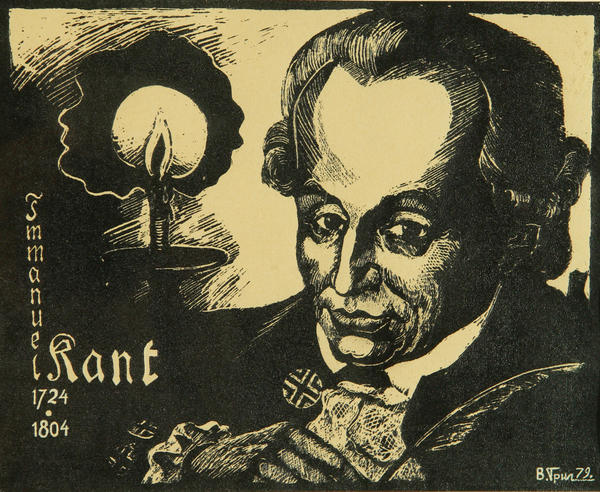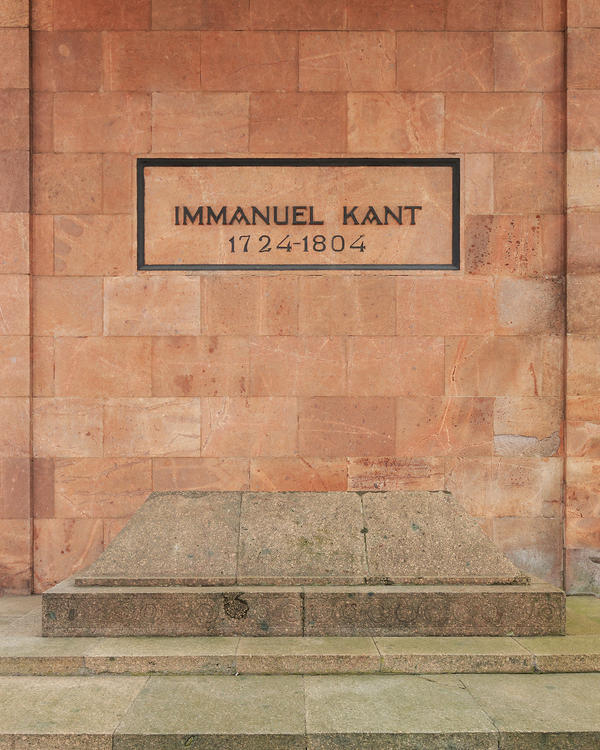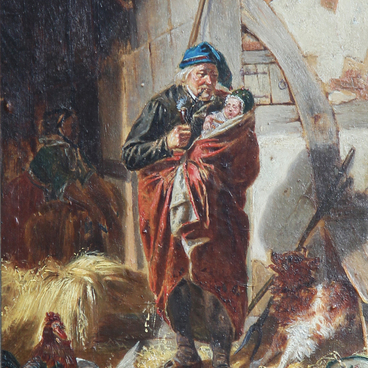The name of Immanuel Kant (1724-1804) is closely connected with the city of Kaliningrad. The famous German philosopher lived all his life in the town of his birth, Konigsberg (modern day Kaliningrad), then the capital of a German Province of East Prussia. The philosopher and cultural critic Ernst Cassirer wrote that Kant extracted from this soil all its spiritual wealth.
Immanuel Kant
Время создания
1979
Размер
23x28,5 cm
Техника
Paper, silk screen-printing
3
Открыть в приложении#1
V. A. Grigoryev
Immanuel Kant
#2
#3
When in Kaliningrad, tourists go to see Kant’s Tomb and the Königsberg Cathedral, or can take a walk along the streets Kant would walk, following his daily route recreated by historians. It is believed that Kant’s daily walks were so punctual that people were said to set their watches by him. The small old town was an ideal place for the philosopher’s systematic nature.
#7
Kant was the last of the Albertina University professors to find peace by the walls of the Königsberg Cathedral in 1804. The cathedral is located in the city’s historical district, Immanuel Kant Island.
Kant’s Tomb
#5
Valentin Grigoryev developed his interest in art in Leningrad (modern St. Petersburg), his hometown, when, as a boy, he came to his uncle, a restorer of the Hermitage. Grigoryev came to Kaliningrad after graduating from the Art Institute in Vilnius in 1958 and, inspired by the city and its history, began to develop this theme in his works: he focused on Memory space as a concept related to collective memory and painted a number of works related to Kant and his time.
Grigoryev depicts the German philosopher using the method of silk-screen printing. This method of screen-printing originated in China and was originally associated with silk decoration. In silk-screen printing, the painter traces out the image over a screen of silk or other fine-mesh fabric using special color-proof ink, then fills the screen with colours (screen-fillers) and transfers the drawing to paper. This technique is used to produce a poster effect like the one in Gigoriev’s work.
#6
The artist masterfully conveys the character of the people he portrays. He did a lot of portraits of representatives of the city’s artistic community, including his colleagues’ portraits, now part of the museum’s collection.
#8
Kaliningrad Regional Museum of Fine Arts
читать дальшескрыть
00:00
00:00
1x
Immanuel Kant
Время создания
1979
Размер
23x28,5 cm
Техника
Paper, silk screen-printing
3
Открыть в приложении
Поделиться



